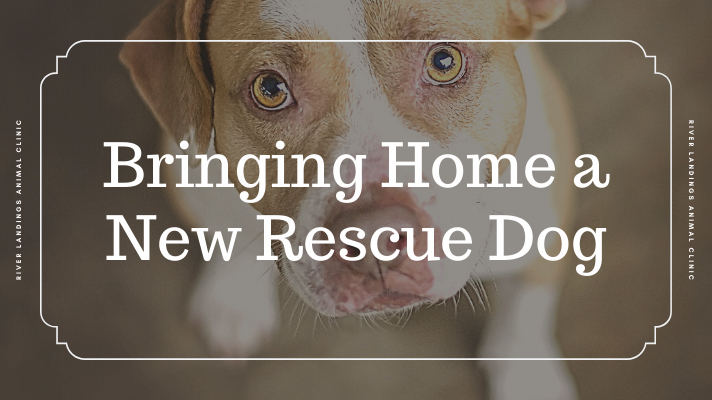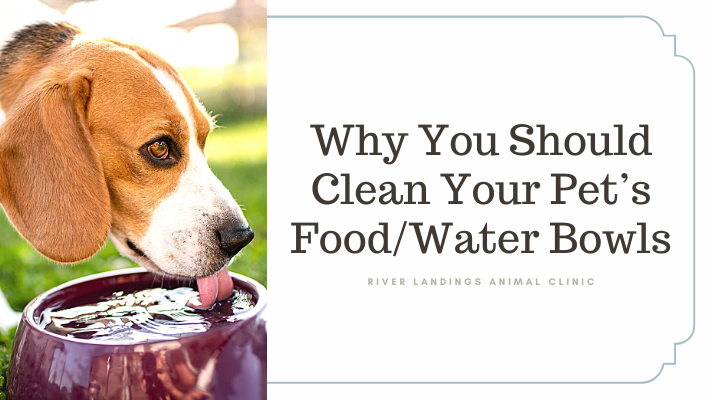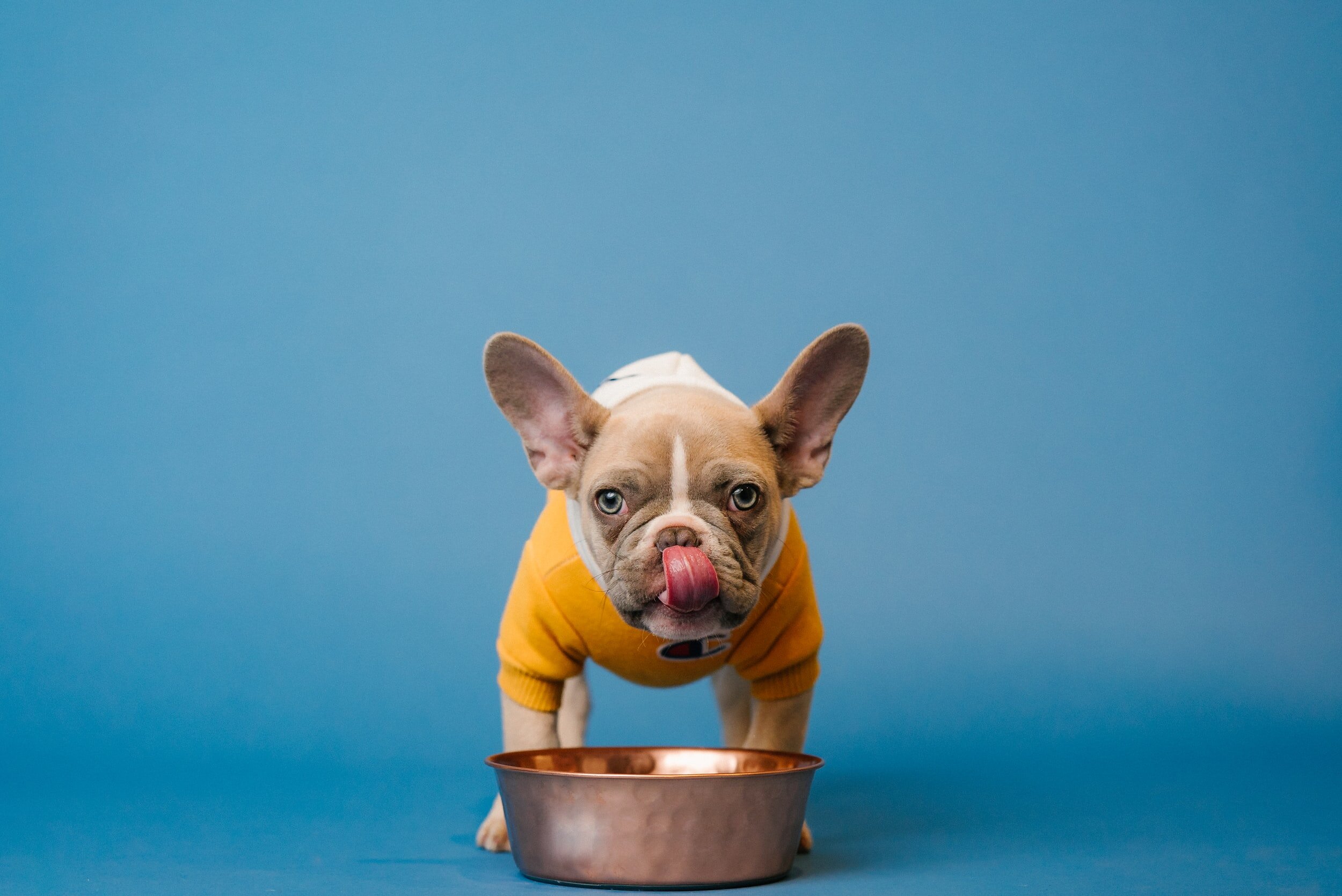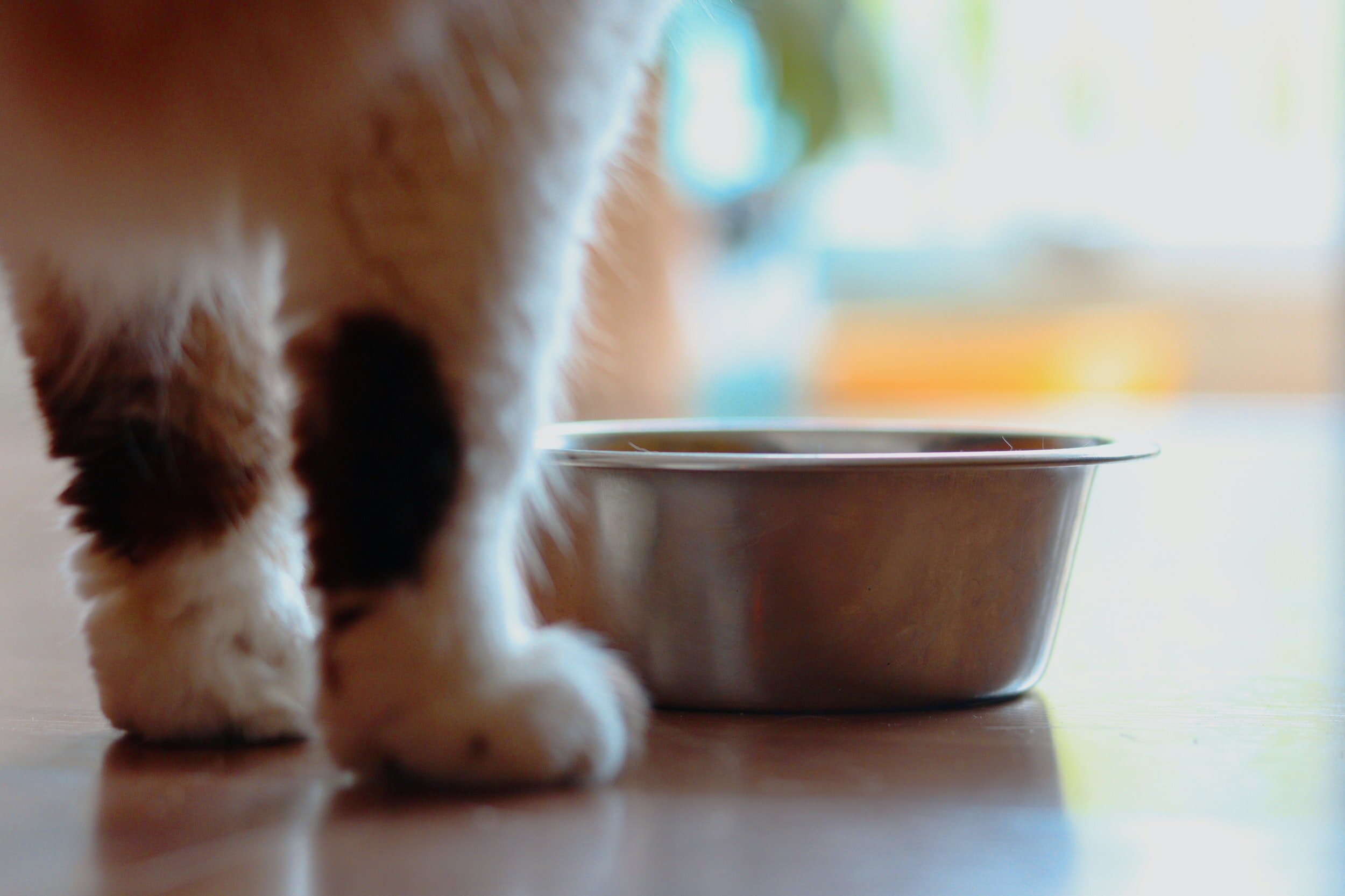Bringing home a shelter dog that you adopt may be a rescued stray or a dog that someone has voluntarily surrendered for adoption. Once a stray, a rescued canine is a special animal that needs time and space, patience, and understanding.
The first few days in your home are special and critical for a pet. Your new dog will be confused about where they are and what to expect from you. Setting up some clear structure with your family for your dog will be paramount in making as smooth a transition as possible.
Bringing a pup home, they need more than just a bed and a food bowl to thrive. They also need constant care and attention. While a pup's first night at home may require a lot of work initially, it’s well worth the effort down the road. Establishing good habits in those first weeks will lay the groundwork for a lifetime of happiness for you and your dog. Remember, you have a responsibility to help your pup grow into a happy and healthy dog. Here are some tips to help first-time dog owners get started:
Before You Bring Your Dog Home
Determine where your dog will be spending most of their time. Because your new dog will be under a lot of stress with the change of environment (from a shelter or foster home to your house), they may forget any housebreaking (if any) they've learned. Often a kitchen or tiled-space will work best for easy clean-up.
If you plan on crate training your dog, be sure to have a crate set up and ready to go for when you bring your new dog home.
Dog-proof the area where your dog will spend most of their time during the first few months. This may mean taping loose electrical cords to baseboards; storing household chemicals on high shelves; removing plants, rugs, and breakables; setting up the crate, and installing baby gates.
Training your dog will start the first moment you have them. Take time to create a vocabulary list everyone will use when giving your dog directions. This will help prevent confusion and help your dog learn their commands more quickly and easily.
Bring an ID tag with your phone number on it with you when you pick up your dog so that they have an extra measure of safety for the ride home and the first few uneasy days. If your pet is microchipped, be sure to register your contact information with the chip’s company, if the rescue or shelter did not already do so.
The First Few Days
We know moving is stressful — and your new dog feels the same way! Give them time to acclimate to your home and family before introducing them to strangers. Make sure children know how to approach the dog without overwhelming them.
When you pick up your dog, remember to ask what and when they were fed. Replicate that schedule for at least the first few days to avoid gastric distress. If you wish to switch to a different brand, do so over a period of about a week by adding one part new food to three parts of the old for several days; then switch to half new food, half old, and then one part old to three parts new.
On the way home, your dog should be safely secured, preferably in a crate. Some dogs find car trips stressful, so having them in a safe place will make the trip home easier for them and you.
Once home, take them to their toileting area immediately and spend a good amount of time with them so they will get used to the area and relieve themselves. Even if your dog does relieve themselves during this time, be prepared for accidents. Coming into a new home with new people, new smells and new sounds can throw even the most housebroken dog off-track, so be ready just in case.
From there, start your schedule of feeding, toileting, and play/exercise. From Day One, your dog will need family time and brief periods of solitary confinement. Don’t give in and comfort them if they whine when left alone. Instead, give them attention for good behavior, such as chewing on a toy or resting quietly.
For the first few days, remain calm and quiet around your dog, limiting too much excitement (such as the dog park or neighborhood children). Not only will this allow your dog to settle in easier, but it will also give you more one-on-one time to get to know them and their likes/dislikes.
If your rescue came from another home, objects like leashes, hands, rolled-up newspapers and magazines, feet, chairs, and sticks are just some of the pieces of “training equipment” that may have been used on this dog. Words like “come here” and “lie down” may bring forth a reaction other than the one you expect. Or maybe they led a sheltered life and was never socialized to children or sidewalk activity. This dog may be the product of a never-ending series of scrambled communications and unreal expectations that will require patience on your part.
Keep your pup off balconies, elevated porches, and decks. Keep all cleaning supplies, detergents, bleach, and other chemicals and medicines out of the pup's reach, preferably on high shelves. Remove poisonous houseplants, such as amaryllis, mistletoe, holly, or poinsettia, or keep them in hanging baskets up high, where your puppy cannot reach them.
Keep toilet lids closed, unplug electrical cords and remove them from the floor, and keep plastic bags and ribbons out of your pup's reach.
In The Following Weeks:
People often say they don’t see their dog’s true personality until several weeks after adoption. Your dog may be a bit uneasy at first as they get to know you. Be patient and understanding while also keeping to the schedule you intend to maintain for feeding, walks, etc. This schedule will show your dog what is expected of them as well as what they can expect from you.
After discussing it with your veterinarian to ensure your dog has all the necessary vaccines, you may wish to take your dog to group training classes or the dog park. Pay close attention to your dog’s body language to be sure they are having a good time and is not fearful (or a dog park bully).
To have a long and happy life together with your dog, stick to the original schedule you created, ensuring your dog always has the food, potty time, and attention they need. You’ll be bonded in no time.
If you encounter behavior issues you are unfamiliar with, ask your veterinarian for a trainer recommendation. Select a trainer who uses positive reinforcement techniques to help you and your dog overcome these behavior obstacles.
Bring your dog to the veterinarian for regular checkups. Talk to your veterinarian about any signs of illness that you should watch out for during your pup's first few months, especially if they are under a year old.
Ensure your dog receives proper nutrition. Just like a child, your dog also needs complete and balanced nutrition to help them grow properly. In fact, the first year of your pet's life is critical in ensuring the proper growth of their bones, teeth, muscles, and fur. As a growing animal, they will require more calories than an adult dog. Speak with your veterinarian for the best feeding schedule and diet and nutrition for your pet. Never feed your dog bones, table scraps, or big snacks in between meals.
Related Topics:
Hear From Us Again
Don't forget to subscribe to our email newsletter for more recipes, articles, and clinic updates delivered straight to your e-mail inbox.
Related Categories:








